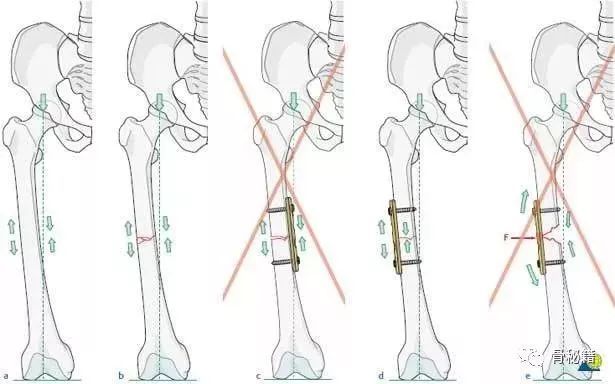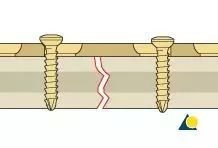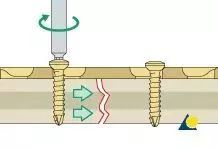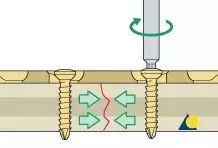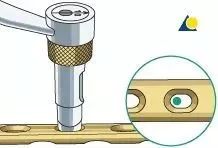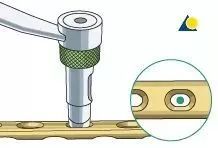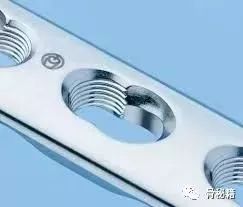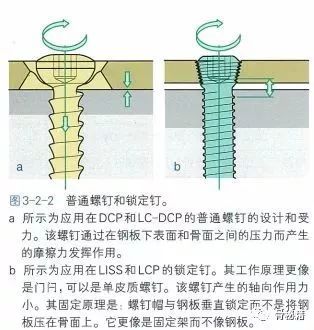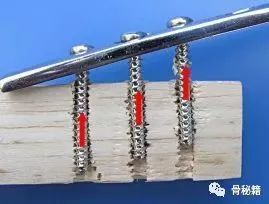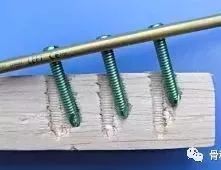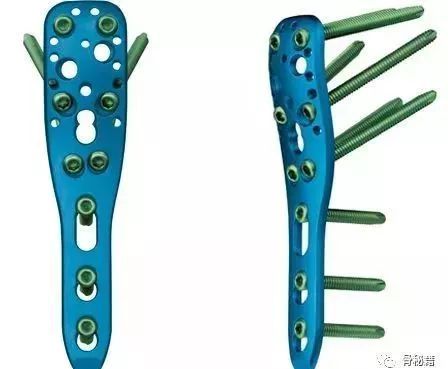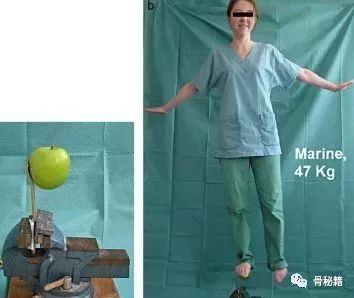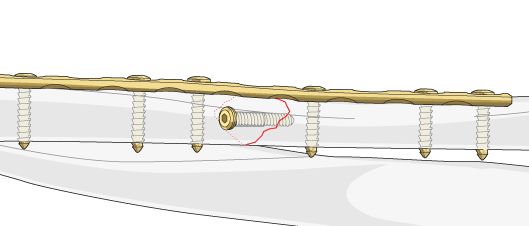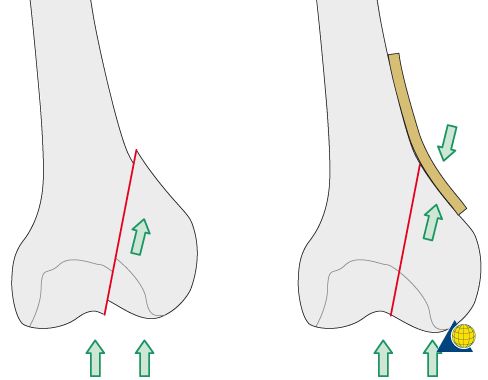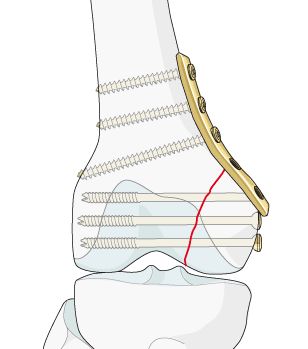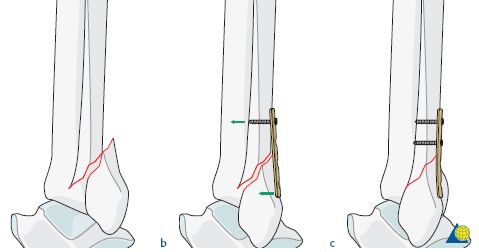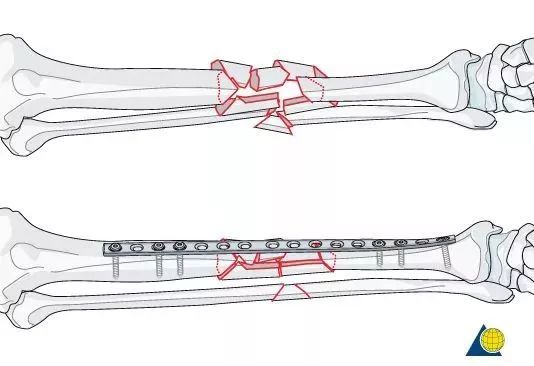The two magic weapons of trauma orthopedics, plate and intramedullary nail. Plates are also the most commonly used internal fixation devices, but there are many types of plates. Although they are all a piece of metal, their usage can be regarded as a thousand-armed Avalokitesvara, which is unpredictable. Do you know all these?
- Tesion Band Tension Band
Is the plate a tension band?
When the mechanics of some bones are transferred to eccentric fixation, the steel plate is the tension band, such as the femur, and the steel plate should be placed on the tension side.
2. Compression Mode
The pressurized plate is carried out by screwing the screw into the slope lock, which belongs to the principle of spherical sliding.
However, the pressure will make the pressure between the plate and the bone too large, and sometimes affect the healing of the bone. Therefore, a limited compression plate with point contact is invented, which is what we often call LCP.

If you want to pressurize, when drilling, you need to pay attention to the fact that the drilling needs to be close to the side of the keyhole (top), and drilling in the middle position will not have the effect of pressurizing the broken end (bottom). The effect can only be increased by about 1mm.
- Locking plate
Locking plate, that is, the screw and the plate are previously combined in a locked form. Usually the locking hole and the pressurizing hole are combined, but the functions of the two are completely different.
Locking screws can effectively increase the internal fixation strength, and their pull-out resistance is better, especially the angle-stabilizing locking screws, the most notable being the proximal humeral philos locking plate.
- Neutralization Mode
The neutralization plate does not produce compression on the fracture ends, but only a linking effect on the fracture ends. Because the fracture ends are pressurized by lag screws, but the strength of lag screws against bending, rotation, and shearing forces is limited, so a steel plate is needed for assistance.
In the neutralized steel plate, the main force is the lag screw. When the fracture line is larger and longer, 2-3 lag screws can be used to pull perpendicular to the fracture line, and then assisted with neutralization plate fixation.
Neutralization plates are most commonly used for fixation of the lateral malleolus and clavicle.
- Buttress plate
How to apply buttress in orthopedics? Primarily the application is for fractures against shear forces, placed in the direction of relative movement. The supporting steel plate does not need to be so thick compared to ordinary pressurized steel plates, and it does not have to be filled with screws.
The steel plate needs to be pre-bent, screw in the cortical screws in turn from far to near, and use the cortical screws to attach the steel plate. Due to its elastic recoil, the steel plate has a tendency to resume bending, and this force is used to perform the buttress function.
- Antiglide Plate
After steel plate fixation, prevent the fracture block from sliding outward under longitudinal force. Mainly used in the distal end of the fibula.
- Span Plating or Bridge Plating
This is a modified version of the neutralization plate, aimed at the comminuted fracture of the cadre, through fluoroscopy monitoring, the plate crosses the fracture area and fixes the proximal and distal ends of the fracture, and the fracture area is not fixed.
This type of technology mainly emphasizes alignment, alignment, length, and rotation. The middle crushing can be done without treatment, which can effectively protect the blood supply of the broken end of the fracture. However, it should be noted that the steel plate must have sufficient length, and the number of screws at both ends must also be sufficient. . At present, some bone nonunions are prone to occur, which need to be treated with caution
Post time: Aug-28-2023





